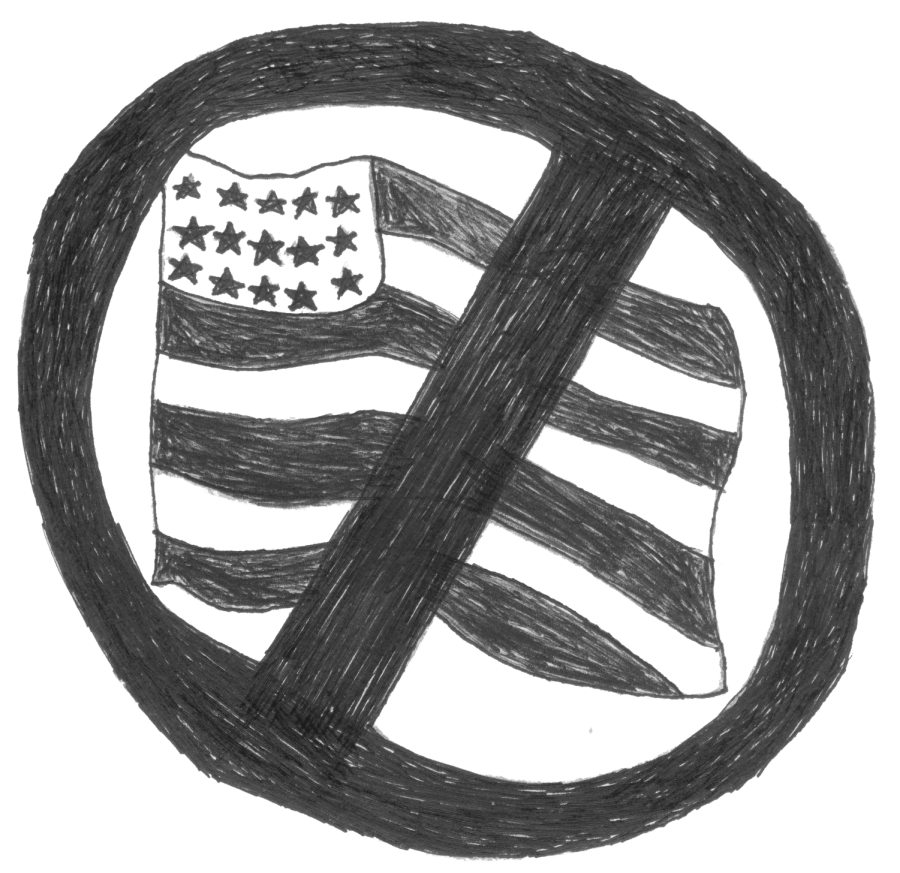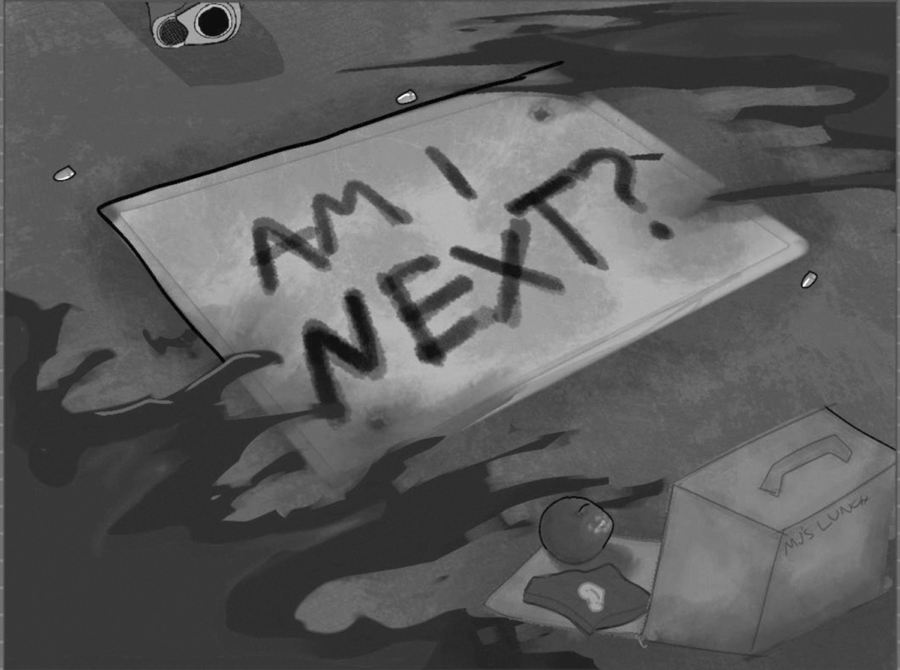In the span of only three weeks during January and February, America faced two government shutdowns. Lawmakers struggled to reach compromises to settle the political instability in Congress. But what is a government shutdown?
There has been a dichotomy between Democrat and Republican parties regarding immigration, especially regarding the Deferred Action for Childhood Arrivals (DACA) program.
President Donald Trump was adamant in shutting down the government over this issue to get “support from the Democrats.” Republican John Kelly, White House Chief of Staff, alleged Dreamers of being “too lazy” to sign up for citizenship.
On the other side, Democratic congresswoman Judy Chu felt it was “cruel” to deport and break apart undocumented families. She stated, “they have contributed through school, work or military service. And they’ve stayed within the law.”
The Democrats want to protect the rights of immigrants, and the Republicans want to dismantle DACA as they believe it would be more beneficial for the economy and safer for Americans.
A government shutdown prohibits Congress from funding the United States government. Instability within the parties and the inability to compromise regarding certain issues can halt Congress from passing a spending bill and can lead to a government shutdown.
Short-term spending bills were passed in the process of coming to a conclusion.
The government is in the process of passing a budget bill, which would allow 300 billion dollars for government spending for the next two years.
With this new budget bill, Democrats plan to improve infrastructure and fight the opioid crisis while Republicans plan to aid the Pentagon and its domestic services. The bill also allows for an additional 90 billion dollars for disaster relief in Puerto Rico following Hurricanes Irma and Maria.
President Donald Trump is especially enthusiastic about the billions of dollars that are being invested in creating a “military stronger than ever before.” The military funding has increased 54 billion dollars, or 10 percent. The bill funds the Pentagon for the next eight months. The costs for non-military programs are only funded till March 23, and at their current levels.
Popular controversial fiscal debates such as immigration, including DACA, have not been included or compromised. The new bill has not soothed the fear of undocumented immigrants, especially after Trump’s emphasis on the harsh consequences regarding it.
However, with the combination of extreme fiscal expenditure and the new Republican tax plan, it is estimated the national deficit will rise significantly. President Trump believes it can be covered through this new policy, which is presumed to increase jobs and is adequate enough to stimulate the economy.
Edmonds Community College economics professor Barry Kotlove saw the government shutdown as “overblown” and “[had] no excuse for it.” He believed the instability was due to political factors and lack of the ability of both parties to compromise.
“If the rules were written more carefully, [this shutdown] could have been avoided. A different fiscal rule is needed,” Kotlove said.
According to Business Insider, 18 federal government shutdowns have occurred since 1974. Before the Trump Administration, a government shutdown occurred in 2013 during previous president Barack Obama’s administration over disagreements concerning the Affordable Care Act, commonly known as Obamacare.
With only a year into his presidency, Donald Trump has already threatened numerous government shutdowns. a Democrat has stated that “his comments are totally divorced from reality.” President Trump seems to underestimate the costs of a government shutdown.
A government shutdown restricts federal workers from performing their services and getting paid. Social security, Medicare and unemployment payments continue during a shutdown. School breakfast and lunch programs will still be funded. Veterans will still receive benefit checks.
However, if a soldier is killed in action, their family would not be sent a $100,000 check, nor have a dignified transfer of remains. US economic data collection will be halted, including the Center for Disease Control’s ability to continue monitoring diseases. National parks and information bureaus would also close.







